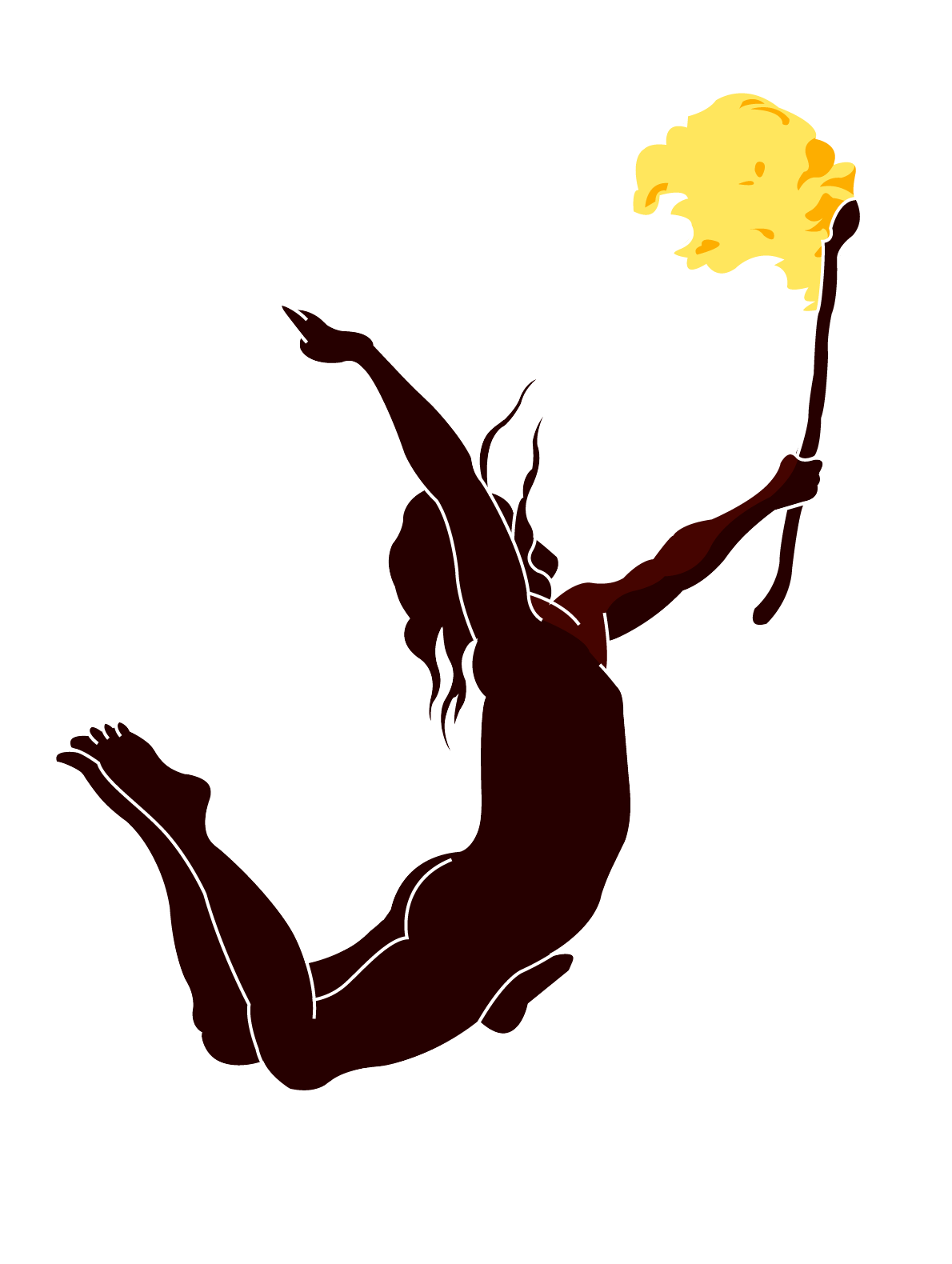[vc_row row_type=”row” use_row_as_full_screen_section=”no” type=”full_width” text_align=”left” background_animation=”none” css_animation=””][vc_column][vc_column_text]
The day the money will disappear
[/vc_column_text][vc_single_image image=”1332″ img_size=”medium” add_caption=”yes” qode_css_animation=””][vc_column_text]
Prelude
The day the money will disappear , this sentence emerged during a collective discussion, near a refuge, in the center of nature covered with snow, night falling, wrapped in blankets, warming around a fire ,
The next day, we were going to make the money disappear .
The next day, going deeper into the high mountains, our steps reached a frozen lake: under the snow, the ice, under the ice, the water .
Positioning itself at the forefront , exploring, securing the ground, questioning us both metaphorically and literally, on the question of the suppression of capital which structures our societies and our human relationships.
Like a ritual act, a symbolic expiation which is embodied in a system at the end of its course, in the depths of nature, we are joyfully preparing for the day when money will disappear.
This walk in nature was not the first, the Azimuth exhibition last year had already set us on the road through another mountain valley.
Once again with snowshoes on, 15 kg ofNordic gold in our bags, we were off again. This time, the‘ expedition is motivated by: Under the ice, water , an exhibition in production at the Caisse d ‘Savings of Nice Masséna. An exposure in a bank? Strange you say…
Certainly, and that is why Palam found himself faced with a difficult choice whenhe was offered to exhibit there. There is someon the one hand the recognition as a group of a part of the local cultural institution, the access to a production budget, a central visibility in the life around, and a means of reaching a different public than the one that the ‘we meet most of the time in the current circles of contemporary art. And Don the other hand, a difficult place, not adapted to the exhibition , marked by the symbolic charge of a bank and the values that exhibiting inside entails .
But , we were told, there is noneutral space. An institution, a museum, a gallery : same fight ?
Should art ignore the conditions of display or, on the contrary, attach importance to / the fact of questioning them?
We have therefore chosen to accept, with the concern of deeply questioning this framework in which the exhibition is born.
Palam has shown several times in the past its sensitivity to the ecological cause, far from being a pageantry, it is linked to theCollective DNA. And precisely to avoid‘ it is not relegated to an accessory role, we had to question in its ordinary operation, what a bank really maintains with ecology.
Is subsidizing artists who talk about ecology enough to make oneself an ecological institution? Especially when, moreover, it subsidizes fossil fuels for much more?
We had carte blanche for this exhibition. It is true we can only thank the bank for this allowed freedom. Without her, the protest could not have taken place.
We had, in this context, the absurd idea that there is a link between banks and capitalism, a cause and effect relationship between capitalism andecological-social emergency. We choose to use the capital of the bank as plastic material and its destruction, as literal as it is symbolic, as a means ofartistic expression .
At the first Palam meeting of the expo, two questions quickly emerged:
We didn’t want to “decorate a room “waiting” and questioning ecology within these walls seemed impossible to us. As a result, a simple question arises: “how‘run away from the place? “.
Through our previous projects, we have distinguished ourselves with nature walks. “repetition” This time s‘ imposes the idea of getting the visitor himself out of the bank and even out of the city.
Our second thought: What would be the most ecological way to use the budget ?
“Degrowth” in mind… allusions to the “ carbon footprint ” … “the circulation ofmoney, all that…”. We concluded that the‘ act of destruction ‘silver was perhaps the most powerful ecologically. Have we finally brought the debate to a conclusion?
It seemed like we were heading down a critical path. ISelf -censorship makes us mince words.
Degrowth, anti – capitalism withina bank: Wait? Easy ? Necessary ? We will strive to be relevant.
One in the _other, the brainstorm was launched, not everything can be revealed here. What you can take away from this‘is that at the beginning of January we took a walk in the heart of the Mercantour to hide a secret there. I‘ exhibition Under the ice, the ‘water relays clues, like a treasure hunt. Bringing the visitor out of the‘ partitioning space of the bank, and urban saturation.
Far from looking for a simple object, the quest is to understand its nature, to understand the meaning of this act, the induced questions that are just as poetic as they are political.
In the refuge it was cold, the dormitory was not heated, 2 meters of snow on the roof protected us somewhat from the freezing night, 6 blankets for some, a Northface duvet resistant to -40 for the others, the night was difficult, you can imagine.
L ‘art is like a societal experience, aimed at clearing away, opening up the paths that humanity will be able to take. At the‘ avant-garde, our group gropes, assures, explores the terrain of an encounter between nature, collective, and post-capitalist society.
We’ll leave you here for now , but we’ll come back soon with the rest of the text, and perhaps other clues.
[/vc_column_text][vc_empty_space][vc_single_image image=”1316″ img_size=”large” qode_css_animation=””][/vc_column][/vc_row]
